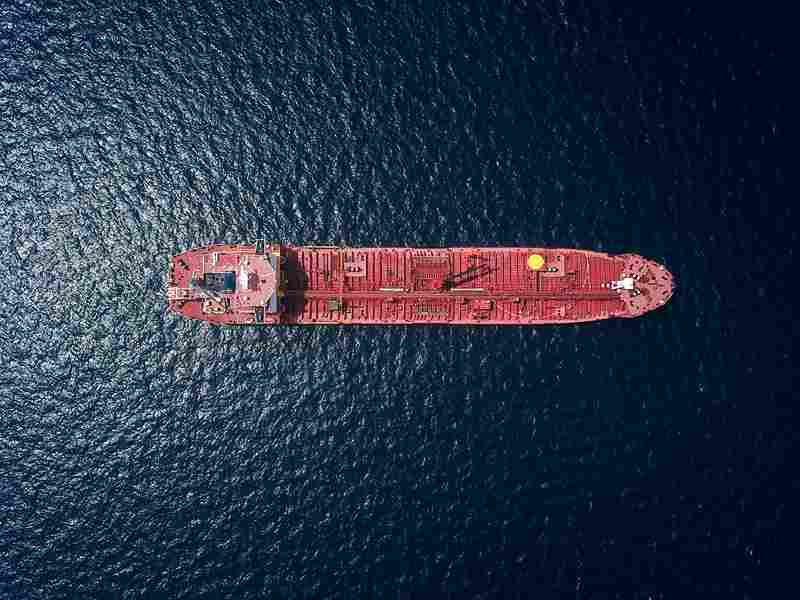
Bunker Fuel Contamination: Causes, Impacts, and Prevention Measures
Introduction: Bunker fuel contamination poses a significant threat to maritime operations, jeopardizing vessel performance, engine efficiency, and environmental integrity. The complexities of the bunkering supply chain, coupled with the diverse sources of contamination, underscore the need for robust preventive measures and vigilance. This article aims to shed light on the causes, impacts, and preventive measures concerning bunker fuel contamination, emphasizing the imperative of safeguarding our oceans and maritime ecosystems.
Causes of Bunker Fuel Contamination: Bunker fuel contamination can stem from various sources throughout the bunkering supply chain, from production to consumption. One primary cause is the mixing of incompatible fuel grades or blends during storage, transportation, or bunkering operations. Contamination can also result from improper handling practices, such as inadequate tank cleaning or inadequate filtration equipment onboard vessels. Additionally, external factors such as water ingress, microbial growth, and sedimentation in fuel storage tanks can contribute to fuel contamination, compromising fuel quality and integrity.
Impacts of Bunker Fuel Contamination: The consequences of bunker fuel contamination are far-reaching and multifaceted, affecting vessel operations, engine performance, and environmental sustainability. Contaminated bunker fuels can lead to engine failures, fuel system malfunctions, and increased maintenance costs for shipowners and operators. Moreover, the combustion of contaminated fuels can produce harmful emissions, including sulfur oxides (SOx), nitrogen oxides (NOx), particulate matter, and greenhouse gases, exacerbating air pollution and contributing to climate change. In severe cases, bunker fuel contamination can result in marine pollution incidents, posing risks to marine life, coastal ecosystems, and human health.
Prevention Measures: Preventing bunker fuel contamination requires a comprehensive approach encompassing proactive measures at every stage of the bunkering supply chain. Rigorous quality assurance and quality control protocols should be implemented during fuel production, storage, transportation, and bunkering operations to minimize the risk of contamination. This includes regular inspection and maintenance of fuel storage tanks, stringent cleanliness standards for bunkering equipment, and the use of effective filtration and separation systems to remove impurities and contaminants from fuel streams.
Furthermore, enhancing transparency and traceability in the bunkering supply chain through robust documentation, sampling, and testing procedures can help identify and mitigate potential sources of contamination. Collaborative efforts between bunker suppliers, shipowners, port authorities, and regulatory agencies are essential to establish industry-wide standards and best practices for bunkering operations. Training and education initiatives for crew members on proper fuel handling, storage, and sampling techniques also play a crucial role in preventing bunker fuel contamination and ensuring compliance with regulatory requirements.
Conclusion: In conclusion, bunker fuel contamination poses significant risks to maritime operations, environmental sustainability, and human health. By understanding the causes, impacts, and preventive measures concerning bunker fuel contamination, stakeholders can take proactive steps to mitigate risks and safeguard the integrity of our oceans and marine ecosystems. Through collaborative efforts, industry-wide standards, and continuous vigilance, we can strive towards a future where clean and quality bunker fuels support safe, efficient, and sustainable maritime transportation.





